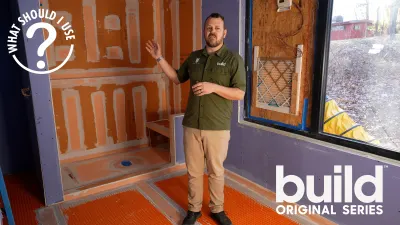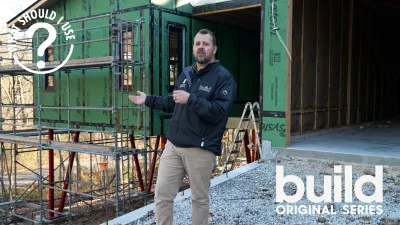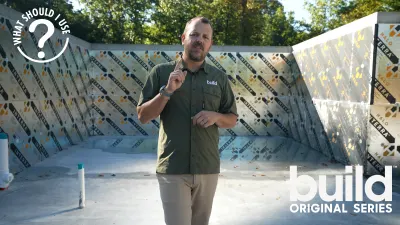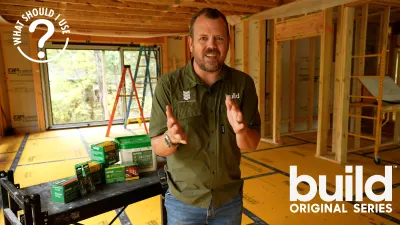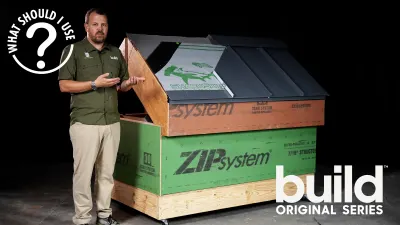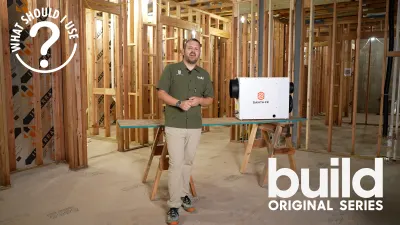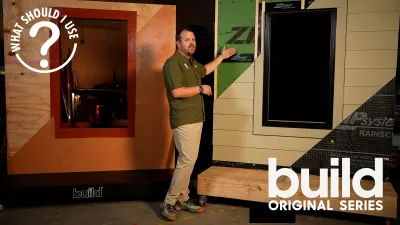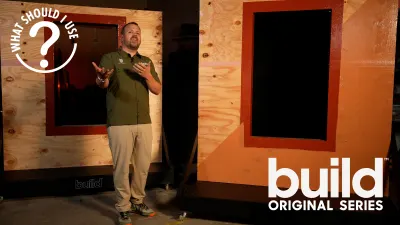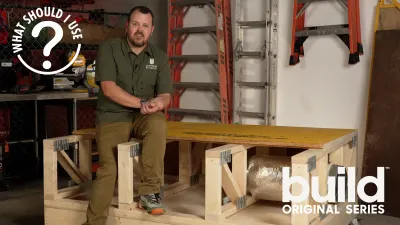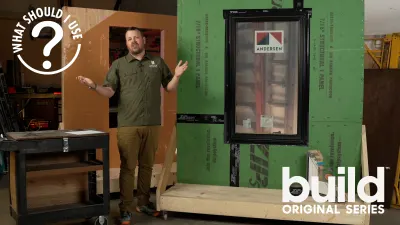What Should I Use
Episode 7. What Should I Use? - Wall Insulation: Cavity or Continuous Insulation?
Jake emphasizes the critical need for maintaining continuity in the control layers of buildings, particularly the water control layer. According to Jake, the absence of continuous control layers can lead to water infiltration and energy inefficiencies. Instead of the traditional method of cavity insulation between studs, Jake advocates for the use of continuous insulation, which he believes is a more effective alternative. He delves into the building code requirements for continuous insulation and explains the impact of different options on energy performance, including R-values for walls, basements, and crawl spaces. Jake underscores the higher cost and complexity of continuous insulation, but highlights its superior energy efficiency and environmental control. The discussion also covers practical considerations, such as managing penetrations and water while incorporating continuous insulation. Additionally, Jake compares advanced framing techniques with traditional methods, emphasizing the cost-effectiveness of continuous insulation. Lastly, he draws from his personal experiences to suggest that a combination of cavity and continuous insulation often provides the best balance between cost and performance.
Episodes
Episode 1. What Should I Use? - Windows
Episode 1
In this episode of What Should I Use, host Jake Bruton unpacks the complicated world of windows concerning health and safety when it comes the to the International Residential Code (IRC), the National Fenestration Rating Council (NFRC), and how he as a builder views window selection.
Episode 3. What Should I Use? Weather Resistant Barriers
Episode 3
In this episode of "What Should I Use?" hosted by Jake Burton, the focus is on understanding the concept of WRB, specifically the differences between water-resistant and weather-resistant barriers. Jake begins by exploring the varying definitions of WRB in the building industry, comparing code specifications with industry practices.
Episode 4. What Should I Use? - Siding
Episode 4
Join Jake Bruton of Aarow Building to understand what requirements are provided by the International Residential Code not only in fastening or anchorage, but also details in water management and ventilation to ensure the optimal long-term performance for siding applications.
Episode 5. What Should I Use? - Dehumidification
Episode 5
In this episode of "What Should I Use?", Jake Bruton gives a primer on what dehumidification systems do in residential homes. A critical component of Indoor Air Quality management, Jake explains the mechanical refrigeration process of a dehumidifier used to extract moisture from the indoor environment, and how it reduces the risk for mold. The episode also covers the importance of equipment sizing, ductwork, and understanding what the target relative humidity should be in your home. If dehumidification seems abstract, make sure to listen for Jake's explanation on its connection to building a tight enclosure that enables control over indoor environments.

 Share on facebook
Share on facebook Tweet
Tweet Email
Email Share on Linkedin
Share on Linkedin

